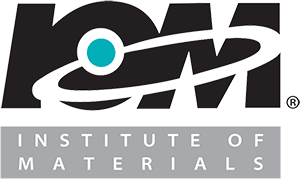"The Oxidation Stability of Gear Oils in Modern Differentials; A More Hostile Environment"
Presented at Technische Akademie Esslingen (TAE) Tribology Colloquium, Germany - 2004
2004
Written by C.A. Engle, D.W. Florkowski, DaimlerChrysler, T.W. Selby, Savant inc.
-- Technische Akademie Esslingen (TAE) Tribology Colloquium, Stuttgart/Ostfildern, Germany, January, 2004.
Abstract: For many years, rear axle fluid has been capable of handling steadily increasing levels of energy transfer. However, rear axle lubricant temperatures have increased to levels that may significantly shorten the life of the fluid and threaten the durability of the differential. The effect of increased temperatures is to increase the rate of oxidation of the differental fluid to the point where it no longer can serve its role of lubrication. The desirable goal of developing more dependable differential fluids suggests the development of bench tests for screening and comparing candidate fluids.
The focus of this work is to examine the use of the Thin Film Oxidation Uptake Test (TFOUT) apparatus ASTM D4742 (1). Using a specific catalyst more appropriate for the differential fluid environment, this portion of the study was focused on determination of the relationship between axle fluid temperature and axle fluid degradation. This paper details the development of a basic test method and its application to the oxidative stability of some commercially available gear oil formulations.




